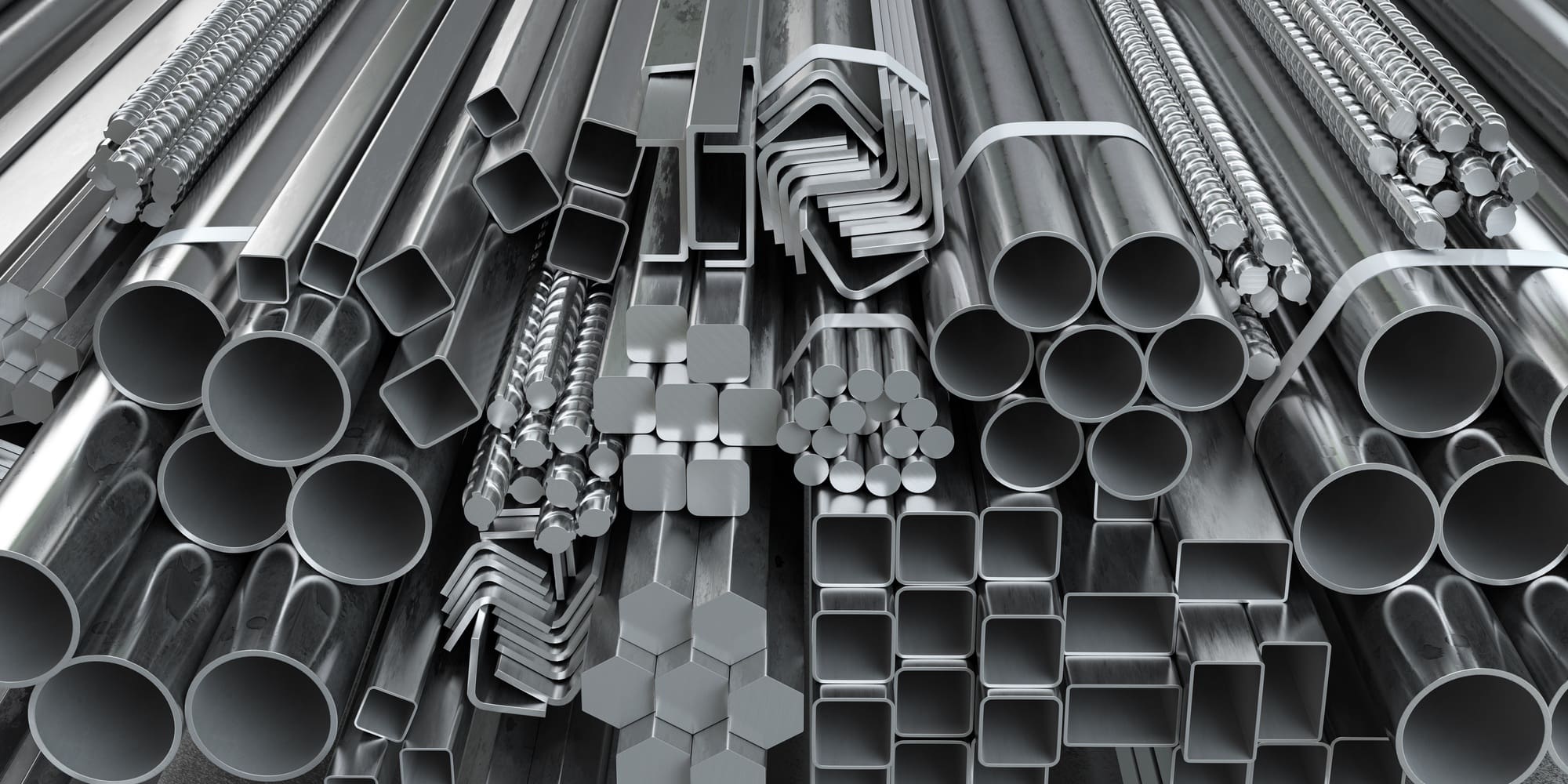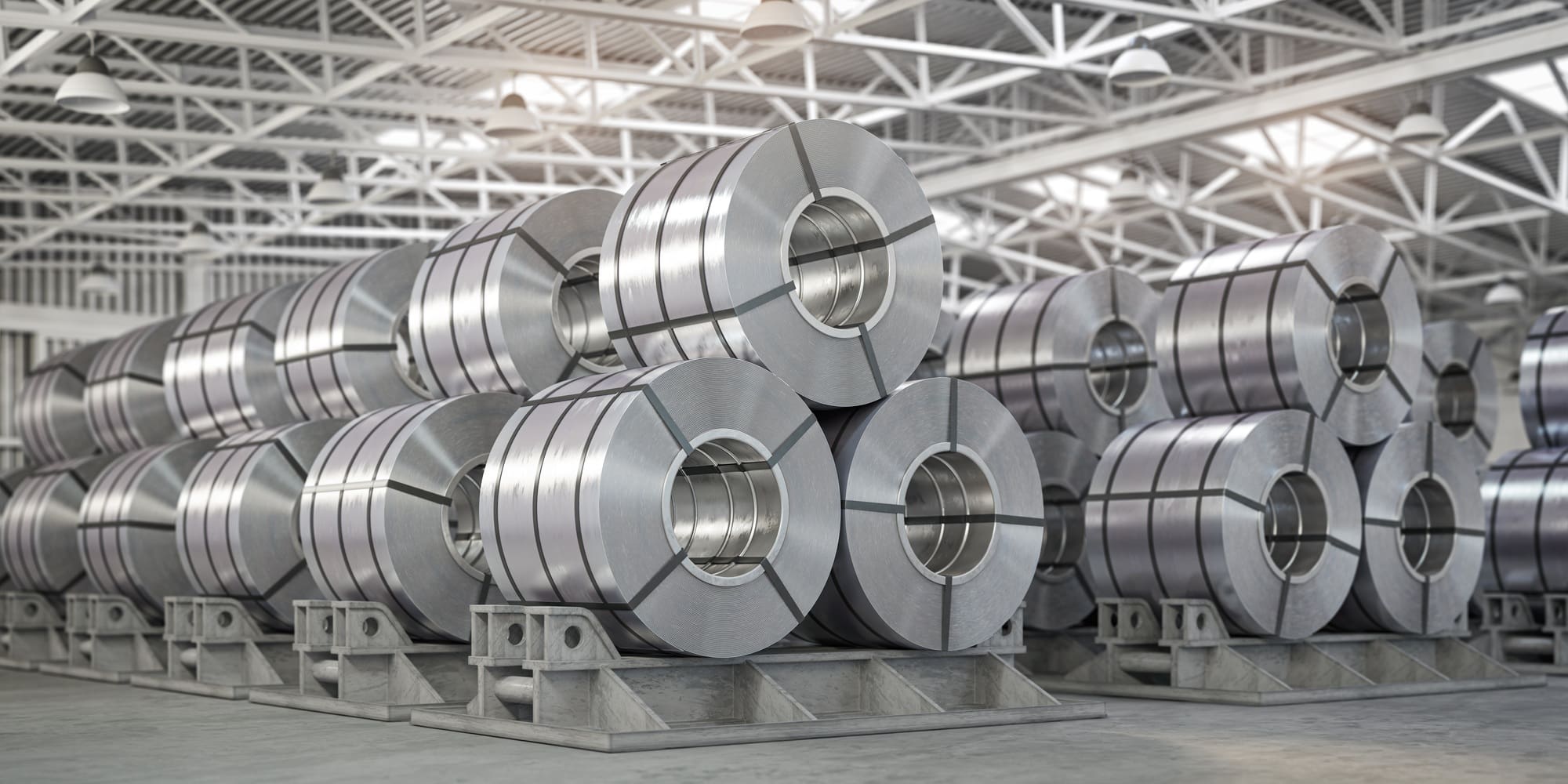This guide explores the most common stainless steel grades, their properties, and their suitability for construction, food processing, pharmaceuticals, and heavy industry.
Understanding Stainless Steel Grades
What Determines a Stainless Steel Grade?
Stainless steel is classified into different grades based on its chemical composition and mechanical properties. The primary elements affecting performance include:
- Chromium – Provides corrosion resistance by forming a protective oxide layer.
- Nickel – Enhances strength and flexibility, making stainless steel more durable.
- Molybdenum – Improves resistance to pitting and crevice corrosion, especially in marine environments.
- Carbon – Affects hardness and strength, with lower-carbon variants offering better weldability.
Different combinations of these elements result in grades suited for specific industries and environmental conditions.
Types of Stainless Steel
Stainless steel is divided into five main families:
- Austenitic (300 series) – High corrosion resistance, good formability, and non-magnetic.
- Ferritic (400 series) – Magnetic, good resistance to stress corrosion, lower cost than austenitic.
- Martensitic (400 series) – High strength and hardness, used in applications requiring wear resistance.
- Duplex – A mix of austenitic and ferritic properties, offering enhanced strength and corrosion resistance.
- Precipitation-Hardening (PH) – Designed for high-strength applications with good corrosion resistance.
Among these, austenitic stainless steels (304 and 316) are the most widely used, due to their versatility and superior corrosion resistance.
Common Stainless Steel Grades and Their Applications
304 Stainless Steel – The Versatile Choice
304 stainless steel is the most commonly used grade, offering excellent corrosion resistance, strength, and ease of fabrication. It is suitable for a wide range of applications, including:
- Food processing equipment – Tanks, piping, and work surfaces due to its hygiene properties.
- Commercial kitchens – Countertops, sinks, and appliances.
- Architectural elements – Cladding, railings, and decorative structures.
- Medical devices – Instruments and surgical tools requiring sterilisation.
This grade is cost-effective and widely available, making it an ideal choice for general industrial and commercial applications.
316 Stainless Steel – The Marine-Grade Option
316 stainless steel contains molybdenum, which provides enhanced resistance to chlorides and harsh environments. It is commonly used in:
- Marine applications – Boat fittings, offshore structures, and seawater-exposed equipment.
- Pharmaceutical processing – Equipment requiring sterility and chemical resistance.
- Chemical and petrochemical industries – Tanks, valves, and pumps in corrosive environments.
- Medical implants – Surgical implants and orthopaedic devices due to its biocompatibility.
For environments with high humidity, salt exposure, or aggressive chemicals, 316 stainless steel is the best option for long-term performance.
430 Stainless Steel – A Cost-Effective Alternative
430 stainless steel is a ferritic stainless steel, offering moderate corrosion resistance at a lower cost. It is used in:
- Domestic appliances – Ovens, refrigerators, and dishwashers.
- Automotive trim – Exhaust systems and decorative parts.
- Lightweight construction applications – Interior structures and decorative panels.
Although less corrosion-resistant than 304 and 316, it is a budget-friendly option for applications where exposure to harsh conditions is limited.
2205 Duplex Stainless Steel – High Strength and Corrosion Resistance
2205 duplex stainless steel combines the best properties of austenitic and ferritic stainless steels, offering superior strength and corrosion resistance. It is widely used in:
- Chemical processing and pulp mills – Resists highly corrosive environments.
- Oil and gas industry – Suitable for offshore platforms and pipelines.
- Structural applications – Bridges and high-strength frameworks.
This grade is ideal for industries requiring both high durability and superior resistance to environmental stressors.
410 Stainless Steel – The High-Strength Option
410 stainless steel is a martensitic stainless steel, valued for its high hardness and wear resistance. It is typically used in:
- Cutlery and blades – Knife blades, surgical instruments, and industrial tools.
- Pump shafts and valves – Applications requiring high strength and mechanical wear resistance.
- Automotive parts – Engine components and exhaust systems.
While not as corrosion-resistant as austenitic grades, it is preferred for applications requiring high mechanical performance.
Choosing the Right Grade for Your Industry
Construction and Architecture
For structural applications requiring durability and aesthetic appeal, 304 stainless steel is a common choice. It is used in:
- Cladding and façades – Offers a modern look with long-term weather resistance.
- Handrails and balustrades – Provides corrosion resistance in public spaces.
- Bridges and support structures – When enhanced strength is needed, duplex stainless steel (2205) is preferred.
316 stainless steel may be used in coastal or industrial environments where increased corrosion resistance is required.
Food Processing and Commercial Kitchens
Hygiene and safety are top priorities in food production, making 304 stainless steel the standard choice for:
- Processing machinery and storage tanks – Non-porous and easy to clean.
- Worktables and utensils – Prevents bacterial contamination.
- Beverage and dairy processing – Resistant to acids and food-related corrosion.
For food environments with high salt exposure, such as seafood processing, 316 stainless steel is recommended.
Pharmaceutical and Medical Applications
Pharmaceutical and medical equipment must meet strict hygiene and sterilisation requirements. 316 stainless steel is widely used for:
- Bioreactors and mixing tanks – Resistant to cleaning agents and sterilisation chemicals.
- Surgical instruments and medical devices – Non-reactive and biocompatible.
- Cleanroom and laboratory surfaces – Ensures contamination-free processing.
316 stainless steel is preferred over 304 due to its higher chemical resistance, particularly in environments where strong cleaning agents are used.
Heavy Industry and Manufacturing
Industries that require high-strength, corrosion-resistant materials often rely on:
- 2205 duplex stainless steel – For oil and gas, pulp mills, and chemical processing.
- 410 stainless steel – For high-wear applications like tools, valves, and pump shafts.
- 316 stainless steel – For exposure to aggressive chemicals and saltwater environments.
Selecting the right grade ensures that equipment and structures last longer, reducing maintenance costs and downtime.
Making the Right Choice
Choosing the right stainless steel grade depends on several factors:
- Corrosion resistance – Higher in 316 and duplex stainless steel.
- Strength requirements – Duplex and martensitic grades offer superior strength.
- Hygiene and sterility – 304 and 316 are best for food and pharmaceutical use.
- Budget considerations – 430 and 410 provide cost-effective alternatives where high corrosion resistance is not required.
By selecting the most suitable grade for your industry, businesses can ensure optimal performance, durability, and cost-efficiency.
Need Expert Advice on Stainless Steel Selection?
At Macro Stainless, we provide high-quality stainless steel solutions tailored to your industry’s requirements. Whether you need high-corrosion resistance, superior strength, or cost-effective materials, we can help you choose the right grade for your application.
Contact us today to find the perfect stainless steel solution for your business.



